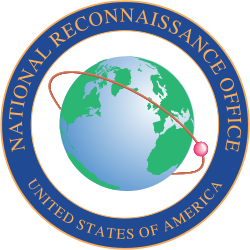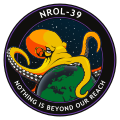
This is a list of NRO Launch (NROL) designations for satellites operated by the United States National Reconnaissance Office (NRO). Those missions are generally classified, so that their exact purposes and orbital elements are not published.
Contents
- Launch statistics
- Launch vehicle families
- Launch sites
- Launch history
- Gallery
- See also
- Notes
- References
- External links
However, amateur astronomers have managed to observe most of the satellites, and leaked information has led to the identification of many of the payloads.











































































































